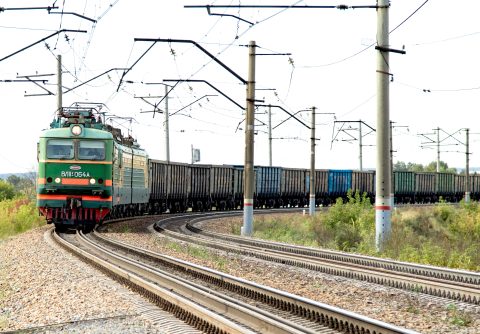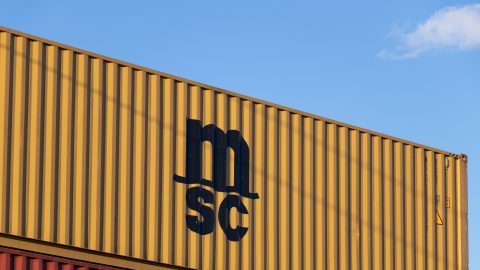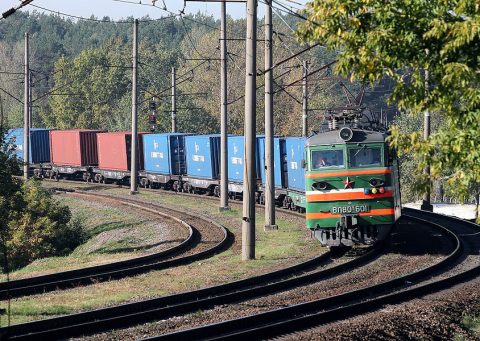The Middle Corridor, a multimodal China-Europe freight route through Central Asia, has garnered international interest as a potential alternative to transporting freight through Russia. Illustratively, the EU has allocated 10 billion euros for its development. The corridor remains too expensive to become a route of preference, explains Roland Verbraak, general manager of BTTMultimodalGroup.
BTT, a Dutch logistics company, has been operating a rail freight line between Chinese Chengdu and the Dutch city of Tilburg since 2015. Roland Verbraak explains to RailFreight.com that the company experienced its golden days during the pandemic, but that circumstances have become more complicated now.
“We were running full trains for retailers during the pandemic. We were cheaper and faster than sea freight at that moment, Verbraak explains. “Via sea you would pay a maximum of 19,000 dollars, we offered transportation for 9,000. Moreover, we would take only 19 days to reach European destinations from China. Ships would take 55 days.”
Roland Verbraak. Image: © Dennis van der Laan.
One crisis too many
It was the Russian invasion of Ukraine that eventually threw a spanner in the works of BTT’s cross-Eurasian success. Demand for rail freight traversing Russia crashed. “We went from 5 trains back to 1 or 2 trains per week. Companies were asking themselves if they still wanted their products to go through Russia”, says Verbraak.
On top of that, EU sanctions made rail freight operations transiting Russia very complicated. “At first, goods were sanctioned because of the parts that they contain. For example, the EU no longer allowed particular high-end products with chips to be transported via Russia”, the BTT manager says. “Now, they even look at the materials used to make the product. If a Chinese product was made using Russian steel, for example, then we can’t transport it.”
The southern alternative
What will happen if transiting Russia really is no longer possible? “That could happen if the EU decides to close the border with Belarus. In that case, you would have to look at the southern alternative, the Middle Corridor”, says Roland Verbraak.
That route runs through Central Asia, across the Caspian Sea, into the Caucasus and from there into Europe via the Black Sea or Turkey. This is an area where developments are ongoing. The EU ideally would want to see more freight travelling along the Middle Corridor and the bloc recently announced a 10 billion euro investment in its development to improve freight transportation.
Difficulties with the Central Asian route remain, however. Verbraak explains that “the Black Sea section is not currently traversable from Georgia due to the war, and the route is simply too expensive. There are many countries to cross, as well as the Caspian Sea, making it a more complex operation. It is possible to book transportation on the route, but it is too expensive and takes too long.”
The Middle Corridor. Image: Wikimedia Commons. © Tanvir Anjum Adib
Back to the northern route
A growing number of customers are returning to routes transiting Russia, not least due to the ongoing Red Sea crisis. Sea freight has once again become more expensive and is taking longer than it usually would. This situation has prompted renewed interest in transiting Russia in combination with the currently competitive rail pricing.“Ships now take 55 days, or 70 days via Africa, to reach Europe,” Verbraak says, “whereas we can cover the distance with our express train in 13 days.”
“Currently, two to three of our trains arrive from China on a weekly basis. So we are not quite at the same level as before all the conflicts or during the pandemic”, the BTT manager says. “However, there is a clear tendency towards a resumption of the same amount of traffic. Besides, small and medium-sized enterprises (also LCL Shipments) have also discovered rail. That helps too.”
Also read:
‘Going back to pre-war levels might hinder quality of services’
China-EU freight through Russia nearly back at pre-war levels
The dilemma goes on: Scan Global Logistics defends use of Russia’s rail network


